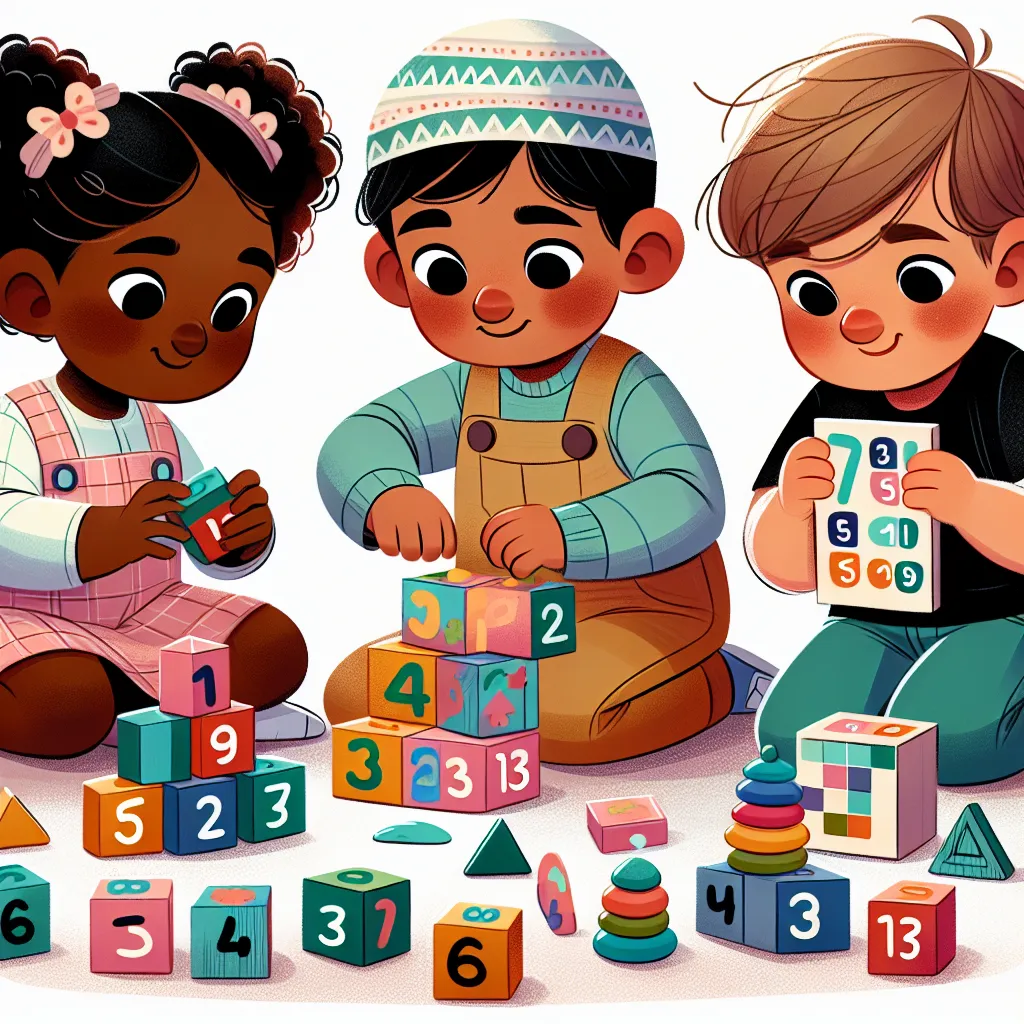Ask AI on The Internet
Question: There are theories that are implicated in the teaching and learning of emergent mathematics in the early years. Create a three-column table where you discuss how teaching and learning takes place according to Piaget, Vygotsky and Bruner
Here is a three-column table summarizing how teaching and learning take place according to Piaget, Vygotsky, and Bruner in the context of emergent mathematics in the early years: | Theorist | Teaching Approach | Learning Process | |------------|-------------------|---------------------------------------------------------------| | Piaget | **Constructivist** Approach: Teachers facilitate rather than direct learning. Activities should be hands-on and exploratory to encourage discovery and investigation. The teacher's role is to create situations that challenge the child's current thinking and promote cognitive conflict. | **Active Learning**: Piaget emphasizes stages of cognitive development (Sensorimotor, Preoperational, Concrete Operational). Children construct their own understanding through experiences and interactions with the physical world. Learning is a process of assimilation and accommodation. | | Vygotsky | **Social Constructivist** Approach: Teachers act as facilitators within a social context. They use scaffolding to provide support, gradually removing it as the competence of the child increases. Interaction with more knowledgeable others (MKO) is crucial. | **Social Interaction**: Learning occurs through social interaction and cultural tools. Vygotsky introduced the Zone of Proximal Development (ZPD), where learning is most effective. Language plays a critical role in cognitive development, and dialogue enhances understanding. | | Bruner | **Discovery Learning**: Teachers support and guide discovery, structured into stages. They use scaffolding to help learners move to higher levels of understanding. Instruction should encourage problem-solving and critical thinking. | **Spiral Curriculum and Modes of Representation**: Bruner suggests learning happens through enactive (action-based), iconic (image-based), and symbolic (language-based) representation. Knowledge is built through revisiting ideas at increasing levels of complexity (spiral curriculum). Learners actively construct and reconstruct understanding. | These theories offer complementary perspectives on how teaching and learning can be structured to support emergent mathematics in early childhood, all emphasizing active engagement and the importance of the child's interactions with their environment and others.
Think your answer is better than the AI's? Post it below.
Other Most Relevant Posts:
 Title: Comparative Analysis of Theories in Emergent Mathematics Learning in Early Years
Here is a detailed table exploring how teaching and learning take place in the context of emergent mathematics
Title: Comparative Analysis of Theories in Emergent Mathematics Learning in Early Years
Here is a detailed table exploring how teaching and learning take place in the context of emergent mathematics
If you want your question answered by an AI, click here.






Post your own comment: